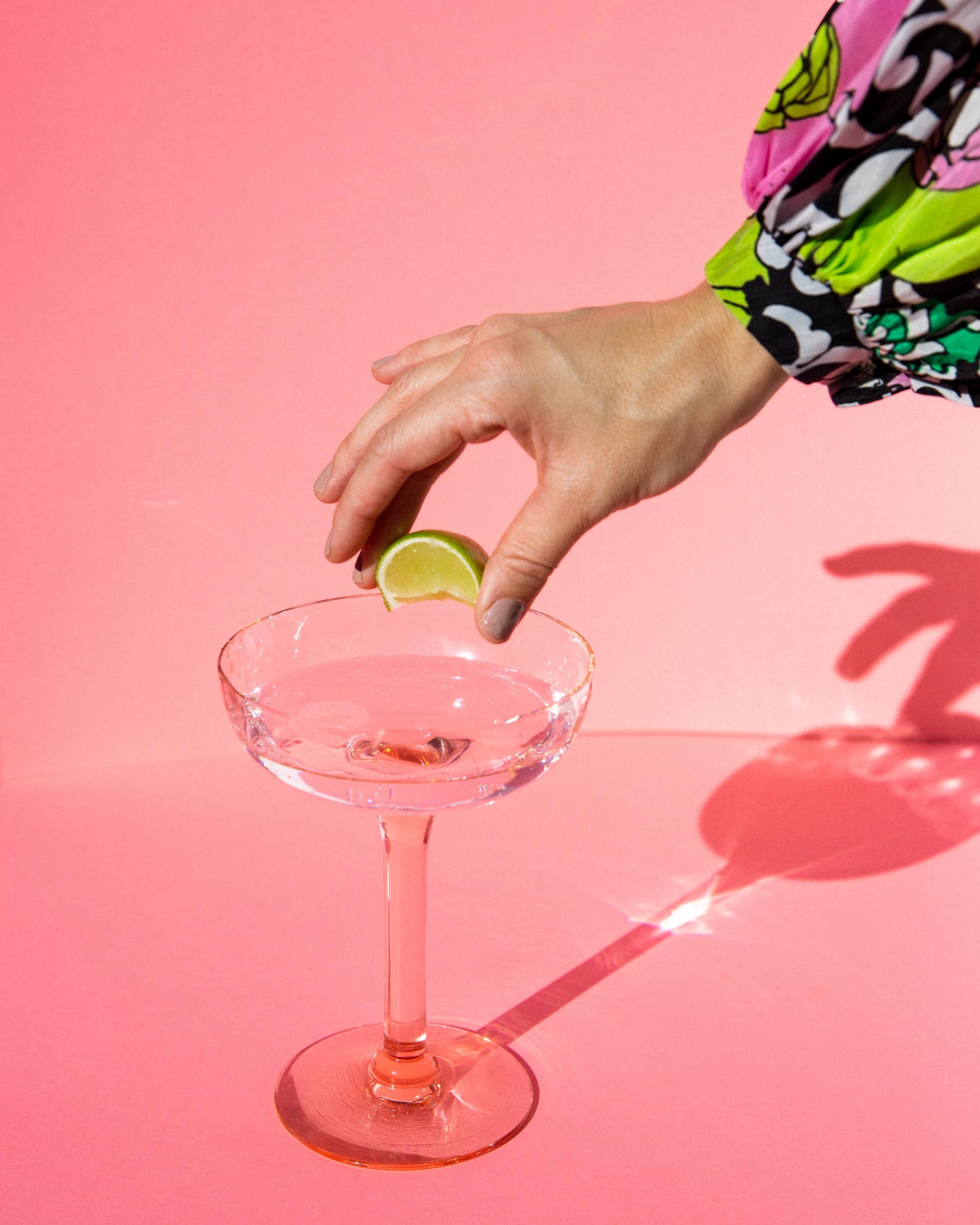10 Interesting Facts About Gin
Gin originated in Holland, even though the British are its biggest consumers. Early in the 1600s, it was discovered and transported to England by English soldiers. During the 17th-century Dutch War of Independence, the English made the spirit their own and took it back to England.
The 16th century saw the invention of genever as medicine by a Dutch physician named Franciscus Sylvius. His potent mixture was thought to treat various diseases and increase circulation. During the Thirty Years War in the 17th century, British soldiers allegedly drank Dutch Gin to increase their bravery in combat, which is where the phrase "Dutch Courage" is said to have originated.
A Scottish physician learned how to treat malaria in the 1700s using quinine, a fundamental ingredient in tonic water. To combat malaria, British soldiers stationed in India started drinking tonic water mixed with gin to make it more enjoyable. The G + T was thus created.
When it comes to prohibition-era unlawful drinking, whiskey and moonshine may steal the show. Gin's ease of production, however, also contributed to its popularity. This sort of gin, which was frequently manufactured in bathtubs, was made by combining inexpensive grain alcohol with flavorings like juniper-berry juice and was occasionally allowed to mature before being distilled directly from the tub. Bathtub gin wasn't as pure as you might have thought; the evident lack of controls caused numerous diseases and even fatalities.
In the winter of 1823, the Hot Gin Twist was a popular and loved cocktail in London. The Beyoncé of cocktails, this concoction of gin, lemon juice, simple syrup, and hot water was mentioned in numerous novels and publications.
The Philippines consumes over half of the world's gin production, accounting for 43 percent of the global gin market, according to reports. “Ginuman” is the Tagalog name for a gin drinking session.
Although ethanol can be re-distilled using a variety of techniques and flavorings, juniper berry must be the flavor that comes through the loudest. The primary component that distinguishes gin as gin is juniper berries. The legal classifications and ABV regulations between the EU and the US range slightly, although juniper is a common component. The "berries" are actually cones, but they have mushy, fused scales that give them the appearance of berries. They originate from the coniferous Juniperus Communis tree.
London is not the origin of all London Dry Gin. A gin is considered London Dry Gin if it has an ABV of at least 70%, has no artificial flavors, colors, or additives, and has a sugar content of no more than 0.1 grams per liter. But regardless of where it is made, the term London Dry Gin can be used.
Gin is similar to that entertaining guest, you always want to invite to your party because you know they'll make everyone laugh and liven things up. Gin was made to be blended, unlike some spirits that are intended to be consumed neat. It requires careful mixing because gin is already loaded with botanical flavors, but it also gives the drink complexity.
Essentially, gin is flavored vodka. During the production of gin, juniper, citrus peel, almond, cinnamon, and coriander are among the botanicals, which are distilled. So it resembles flavored vodka in some ways, but uses only natural ingredients.


